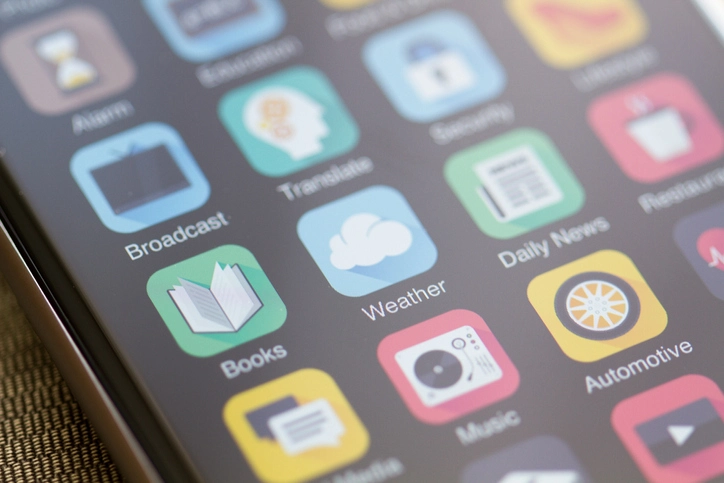
Table of contents
Application software, or app for short, is software that performs specific tasks for an end-user. Apps are distinct from system software, which refers to the software that keeps systems running.

Examples of application software
Microsoft Word or Excel are well-known examples of this kind of software, as are common web browsers such as Firefox or Google Chrome.
The class of software also includes mobile apps, including communication apps such as WhatsApp or games such as Clash of Clans. There are also app versions of common services such as those providing weather or transport information or apps for customers to interact with companies.
Apps are increasingly delivered over the internet from the cloud. This includes software-as-a-service (SaaS) applications used by businesses, such as Salesforce or Google G-Suite, and cloud gaming services.
What is the difference between an application and a program?
Sometimes, the terms application, program and software are used interchangeably, but they have different technical definitions.
A program consists of “statements” that tell the computer what to do. A statement is an instruction in the appropriate programming language. Examples of programming languages include Python, Java and C++.
The easiest way to remember the difference between an application and a program is that application software cannot run without programs, but there are many more types of program than app.
System software vs application software
While apps are used directly by users, systems software is what allows the applications to run. The best-known examples of system software are operating systems, such as Windows, MacOS, iOS and Android.
An operating system for example acts as an intermediary between the application software and hardware, controlling input, output and memory allocation, and can schedule tasks for efficient use of the system.
There is some ambiguity about the distinction since operating systems usually bundle application software.
A piece of software not considered system software if it can be uninstalled without affecting the functioning of other software.
This has caused controversy where a company supplies system software such as an operating system but also produces the application software that runs on it.
The most notable example is Microsoft, which sells the Windows operating system but also produces apps such as Microsoft Word. Microsoft was accused of building secret interfaces in the operating system software which would give it an advantage in its application software products.






